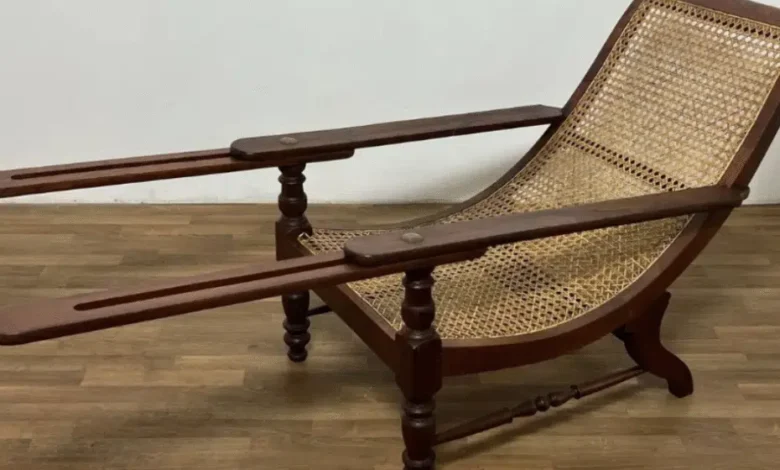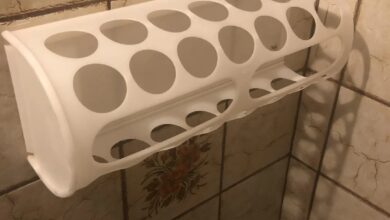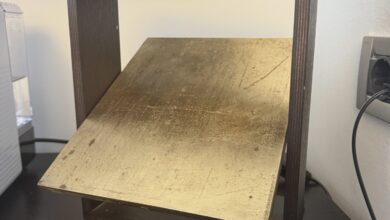
Discover the Mystery Behind the Chair With Unusually Long Arms!
A Standout in Antique Galleries
Caning and a molded head rest make for a comfortable seat, and the ingenious design and practicality of the plantation chair is what sets it apart from other pieces of furniture that litter the many galleries of antique stores. The plantation chair originated in the colonial period, uniquely responding to the daily discomforts of its main users, the planters.
What stands out immediately is the strangely long arms of the chair. These were not just a stylistic option, but a strategic design element aimed at comfort and health. Planters would return from long nights riding the vast expanses of their plantations with sore, swollen legs. With the extended arms of these chairs as the ideal lo-fi rest, the planter could recline and get their legs up, which helped improve blood flow and reduce swelling — basically an early ergonomic study of seating.

A Reclined Posture by Design
Farther up, the sloping backrest complements the extended arms. The design is such that sitting upright is not really the goal and not really comfortable. In fact, the chair beckons a relaxed, reclined position which leads the user to place her feet up on the arms. In addition to supporting the legs, the raised angle of the seat allows for better airflow and comfort in the hot and humid temperatures where these chairs were most often utilized.
A Marriage of Function and Form
This chair is a brilliant example of old furniture architecture, where need begets invention. This careful design demonstrates a knowledge of human ergonomics well before the concept became a buzzword in design discussions. Every curve and extension of the Plantation chair is a salute to the artisan’s ability to have made an object that can be considered not only beautiful but therapeutic.

A Collector’s Treasure with a Story
Today, plantation chairs are prized as collector’s items, treasured for how they look as well as the story behind how they came to be. They are reminders of an era when furniture was designed not just to take up space but to perform a concrete use — one that improved the life of its user. Sitting in homes replete with contemporary decor, it pays to appreciate the lessons latent in the crafting of centuries past.
A Lesson in Timeless Design
In a time when people often equate “smart” furniture with built-in tech, the plantation chair offers a different perspective. Smart design also means understanding the human body and responding to its needs. This chair, a legacy from another era, continues to teach us something valuable: great furniture design isn’t just about how it looks—it’s about how well it serves the person who uses it





